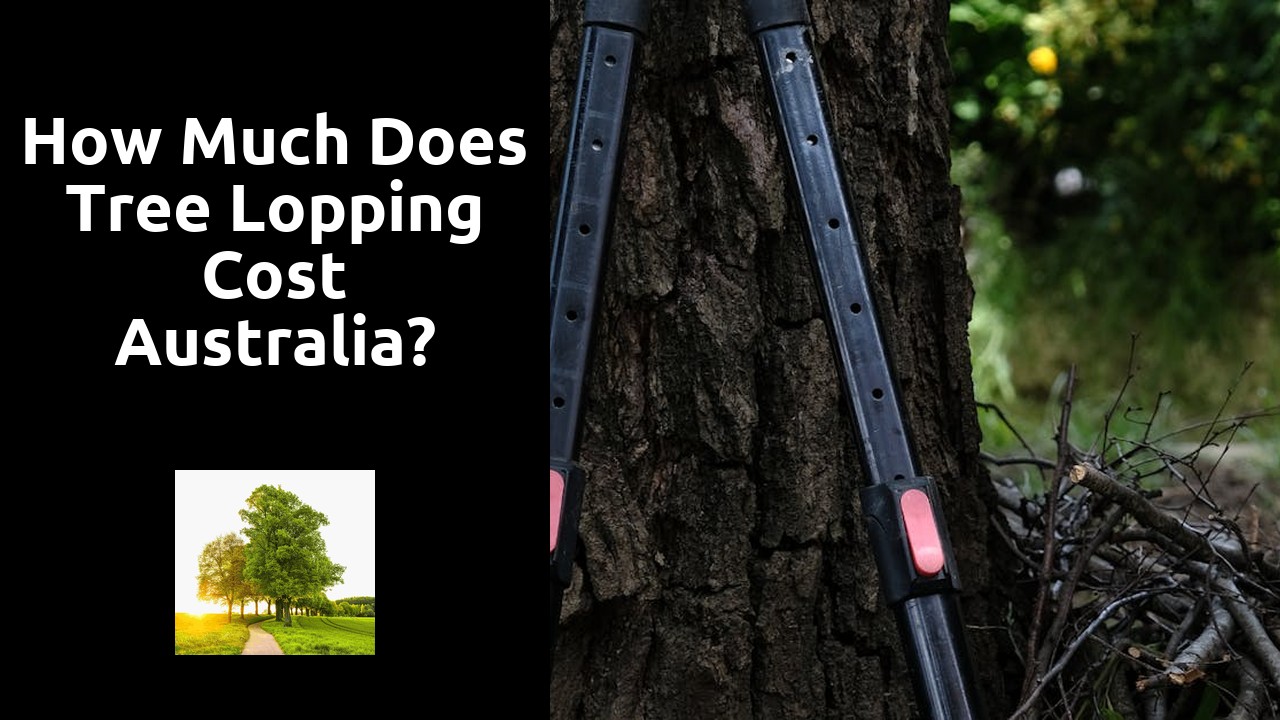
Tree Loppers
Reiners Tree Service offers professional tree lopping services to help maintain the health and appearance of trees on residential and commercial properties. Our team of experienced tree loppers are skilled in strategically pruning trees to promote healthy growth while removing any dead or overgrown branches that may pose a risk to surrounding structures. We adhere to strict safety guidelines and use state-of-the-art equipment to ensure a precise and efficient tree lopping process. Whether you need routine tree maintenance or emergency tree removal, Reiners Tree Service is dedicated to providing top-notch service with a focus on customer satisfaction. Contact us today for a free consultation and see how our tree loppers can help enhance the beauty and safety of your outdoor space.
Proper Techniques for Tree Lopping
Tree lopping is a task that should be approached with care and precision to ensure the health and aesthetics of your trees. One important technique is to start by assessing the tree and identifying the branches to be lopped. It is crucial to make a plan and decide on the best cuts to make to promote the growth and overall well-being of the tree.
When making cuts, always use sharp and clean loppers to create smooth and even cuts. It is essential to cut just outside the branch collar without leaving a stub, as this can lead to disease and decay. Additionally, remember to prune branches when they are young to prevent the need for large, heavy cuts in the future. By following these techniques, you can effectively lop your trees while promoting their health and longevity.
Best Practices for Safe and Effective Tree Cutting
When it comes to tree cutting, safety should always be the top priority. Before starting any cutting, ensure that the area is clear of obstacles and bystanders. Use the appropriate safety gear, such as gloves, safety goggles, and a hard hat. Make sure that the tools, especially the loppers, are in good working condition to avoid any accidents.
Additionally, always plan your cuts carefully. Start by assessing the tree and identifying the branches to be cut. Begin with the smaller, outer branches before moving on to larger ones. Use the three-cut method for larger branches to prevent any tearing or damage to the tree. Take your time and make deliberate cuts to maintain control over the direction in which the branch falls.
Maintaining Your Tree Loppers
To keep your tree loppers in top condition, regular maintenance is key. After each use, take a few moments to inspect the blades for any signs of damage or wear. If you notice any issues, address them promptly to prevent further damage and ensure optimal performance. Additionally, it's important to keep the blades clean to prevent sap and debris buildup, which can hinder cutting efficiency. A simple wipe down with a clean cloth after each use can go a long way in maintaining your loppers.
In addition to cleanliness, maintaining sharp blades is crucial for effective tree lopping. Regularly sharpening the blades will not only make cutting easier but also promote healthier tree growth by providing clean cuts that heal quickly. Invest in a quality blade sharpener and follow the manufacturer's instructions for proper sharpening techniques. By keeping your tree loppers sharp and well-maintained, you'll not only extend their lifespan but also improve the overall health and appearance of your trees.
Tips for Cleaning and Sharpening Lopper Blades
When it comes to maintaining your tree loppers, regular cleaning and sharpening of the blades is essential for optimal performance. Cleaning the blades after each use with a damp cloth to remove any sap or debris helps prevent corrosion and ensures smooth cutting action. Additionally, using a mild detergent or oil can help dislodge any stubborn residue while also acting as a protective layer against rust.
To sharpen the lopper blades effectively, use a sharpening stone or file to carefully hone the cutting edge. Make sure to follow the original bevel angle of the blade to maintain its sharpness and cutting precision. Test the sharpness by gently cutting through a small twig or branch to ensure a clean and effortless cut. By regularly cleaning and sharpening your lopper blades, you not only prolong the lifespan of your equipment but also improve the efficiency and ease of your tree lopping tasks.
Common Tree Lopping Mistakes to Avoid
When it comes to tree lopping, certain mistakes can lead to serious consequences for both the tree and the individual performing the task. One common mistake to avoid is cutting branches too close to the trunk. This can cause damage to the tree and lead to potential decay or disease. It is crucial to make clean cuts just outside the branch collar to promote proper healing and growth.
Another mistake to steer clear of is using dull or damaged lopper blades. Not only does this make the task more difficult and time-consuming, but it can also result in ragged cuts that are harmful to the tree. Ensuring that your lopper blades are sharp and well-maintained will not only make the job easier but will also help in maintaining the health of the tree.
Understanding Errors to Prevent Accidents and Damage
When it comes to tree lopping, understanding common mistakes can help prevent accidents and damage to both property and vegetation. One of the key errors to avoid is improper pruning techniques, such as making incorrect cuts that can lead to long-term health issues for the tree. It's essential to educate oneself on the correct way to prune different types of trees to promote healthy growth and prevent potential hazards.
Another mistake to steer clear of is using dull or damaged lopper blades. Neglecting to keep your tools sharp can result in messy cuts that don't heal properly, leaving the tree vulnerable to pests and diseases. Regularly inspecting and maintaining your loppers by cleaning and sharpening the blades will not only ensure efficient cutting but also contribute to the overall health and longevity of your trees. Taking the time to address these common errors can make a significant difference in the safety and well-being of your trees.
FAQS
What is tree lopping?
Tree lopping is the process of trimming or cutting back branches or limbs of a tree to promote new growth, enhance aesthetics, or address safety concerns.
How often should I lop my trees?
The frequency of tree lopping depends on the type of tree, its growth rate, and the desired outcome. In general, it is recommended to lop trees every 3-5 years to maintain their health and appearance.
Is tree lopping the same as tree pruning?
Tree lopping and tree pruning are similar but not the same. While tree lopping involves more drastic cutting back of branches, tree pruning focuses on selective trimming to improve tree health, shape, and structure.
Can I lop my trees myself, or should I hire a professional?
Tree lopping can be a hazardous task, especially for large trees or when working at heights. It is recommended to hire a professional tree lopper with the necessary skills, equipment, and safety knowledge to ensure the job is done correctly and safely.
How can I tell if a tree needs lopping?
Signs that a tree may need lopping include overgrown branches, dead or diseased limbs, branches crossing or rubbing against each other, or signs of structural weakness. If you are unsure, consult a professional arborist for an assessment.


